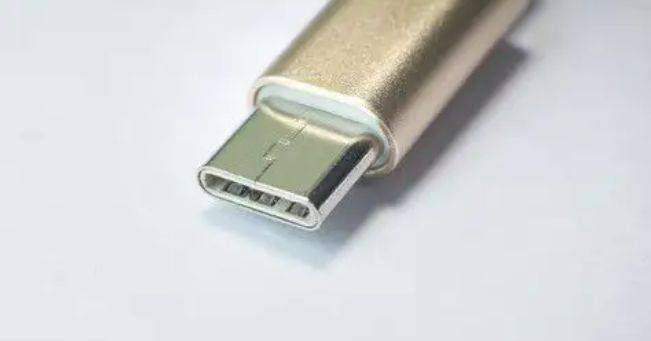What is the difference between PD charging and Type-C charging?
Time:2023-07-12
Views:849
Some people will be curious, PD charging and Type-C charging what is the difference? In fact, the difference between the two is actually quite big, today Xiaobian will tell you about it
The USB Type-A Receptacle on the charging terminal serves as the power input terminal, and the USB Type-B Micro port on the mobile terminal serves as the power output terminal.
Without the support of the charging protocol, the charger can only provide the maximum charging power of 5V@900mA (900mA for USB3.0, 500mA for USB2.0).
This is the hardware design specification of the USB Type-A/B interface, so this design provides a maximum of 4.5W charging power.
Use the USB Type-A Plug to USB Type-C Plug cable to charge your phone.


The USB Type-A Receptacle on the charging terminal serves as the power input terminal, and the USB Type-C port on the mobile terminal serves as the power output terminal.
The Type-C interface specifies that the Power supply capacity of the Power Source depends on the Rp resistance on the cc.
cc pull down Rd=5.1K at the Power Sink end, and the Power supply capacity at the Power Source end can be determined according to the cc partial voltage.
Generally speaking, the connector of the Type-A Plug to Type-C Plug, the Rp at the Type-C end will declare that it supports the 5V@3A power supply, but it must be equipped with a special charging head.
Because the conversion cable and charging head may not be compatible. If the USB Type-A Receptacle at the charging terminal can only provide 5V@900mA, then even if the Rp of the Type-C Plug of the conversion cable is declared as 5V@3A, the maximum charging power of 5V@3A cannot be provided for the mobile phone, and the charging terminal may be damaged.
|
免责声明: 本文章转自其它平台,并不代表本站观点及立场。若有侵权或异议,请联系我们删除。谢谢! |











